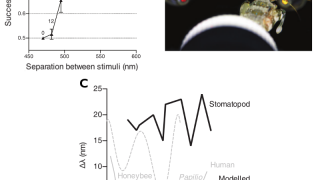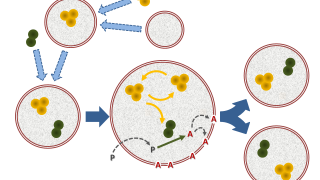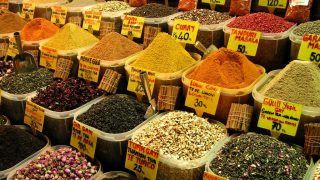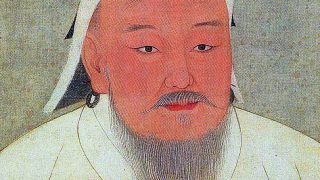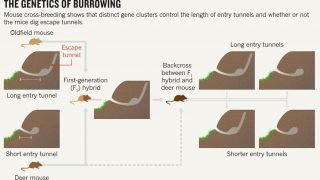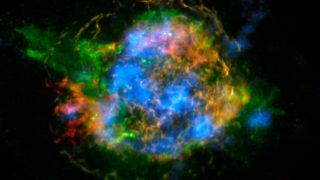
Mapping the explosion of Cassiopeia A
Supernovae are one of the most fascinating events in stellar astrophysics. Most stars suffer explosions at some point of their last days but the most massive ones explode releasing incredible amounts of energy and rivaling in brightness with the rest of the galaxy they live in. What they leave behind is hydrogen enriched with materials […]
